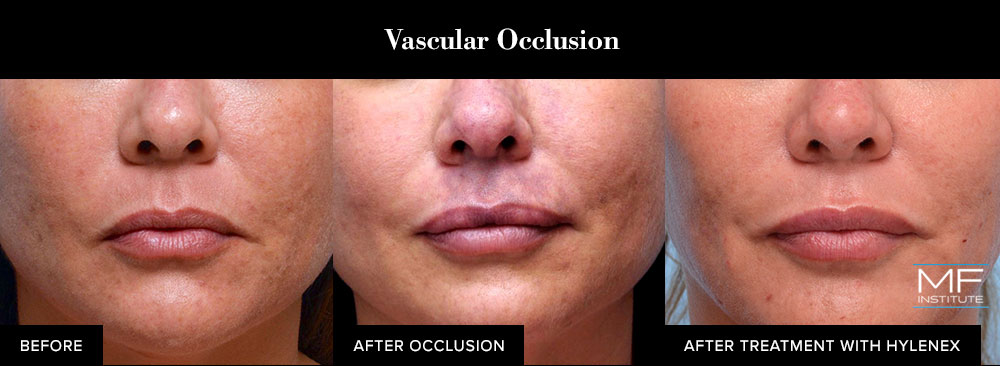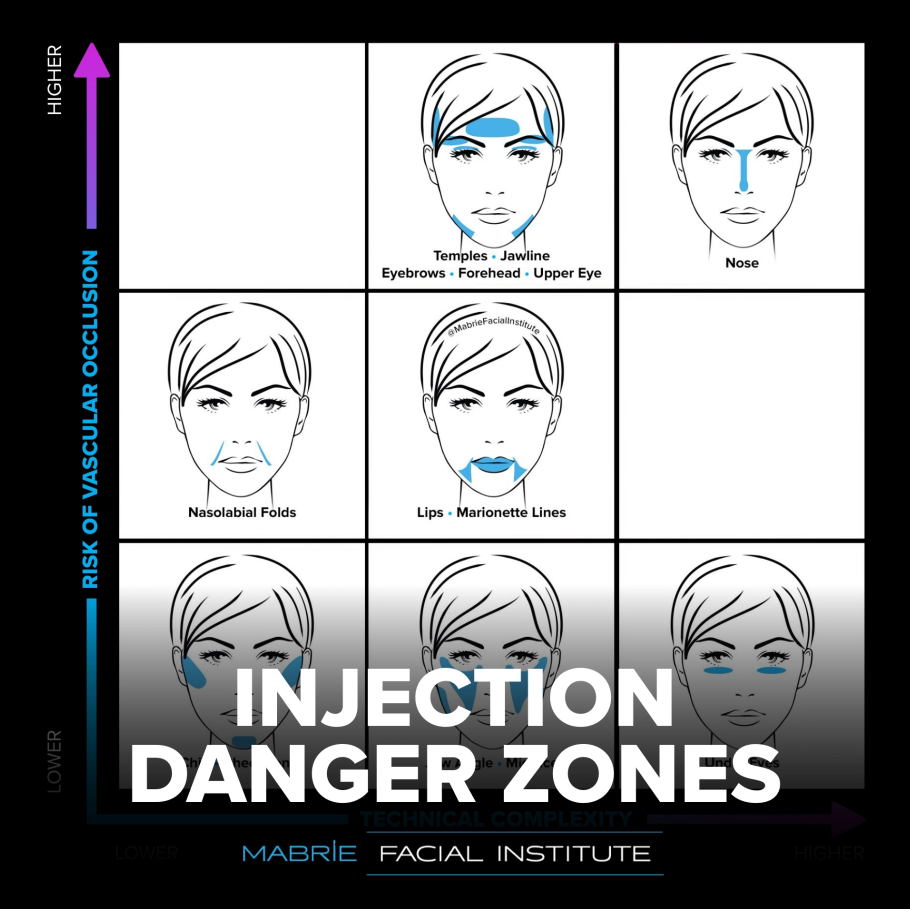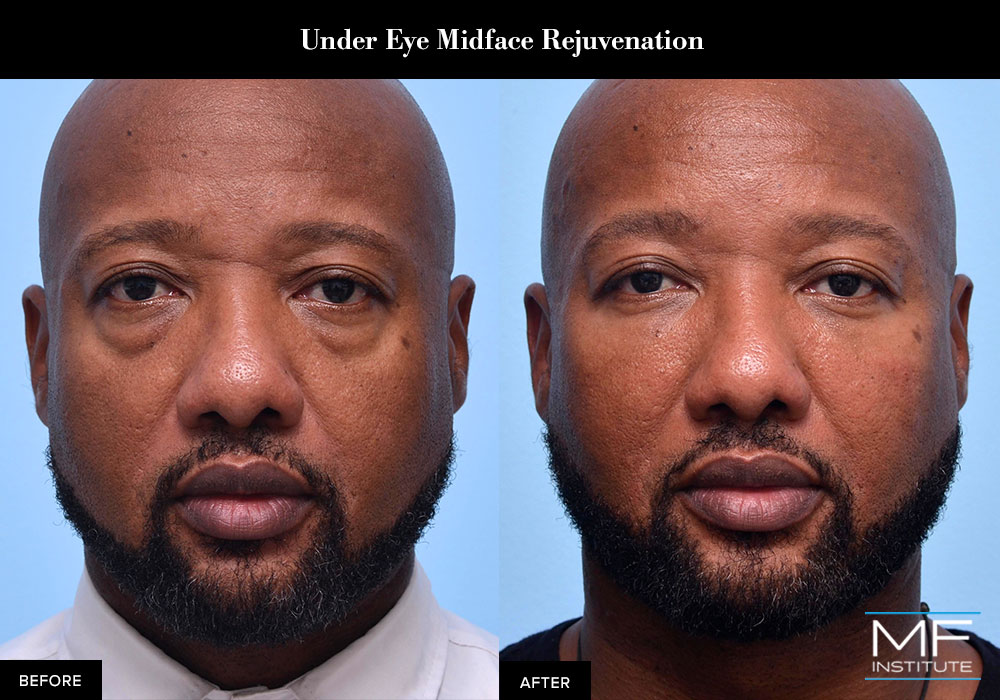Zoom has many of us taking a closer look at our faces lately. If you’re surprised to see a few more shadows and lines, you’re not alone. Maybe you’re considering dermal fillers to refresh your appearance and wondering, “Are Fillers Safe?”
The simple answer is, “yes”. Dermal fillers are an effective tool used to rejuvenate, contour, and enhance the face. FDA-approved, dermal fillers have been safely in-use for over 20 years. While fillers are safe, treating some facial areas can be riskier than others. Ultimately, your safety and results are determined by the skill, knowledge, and experience of your Injector. Expert Injectors know how to navigate the Injection Danger Zones.
What Are Injection Danger Zones?
The under eyes and the nose are potential danger zones when treating the face with filler. These areas require the most technical skill and have a higher risk of poor results or potentially dangerous complications including vascular occlusion that can lead to skin necrosis and blindness. Choosing an experienced provider can decrease your risk of bad results.
Under the Eyes: Higher Risk for Poor Results
The skin beneath the eyes is extremely delicate and sensitive and the anatomy surrounding the eyes is quite complex. A highly trained specialist who takes a surgical approach to injectables understands that the delicate anatomy and tight space require expertise to correctly place the filler in the right tissue plane. If the filler is placed too superficially, complications from under-eye filler treatment can include:
- A puffy or lumpy appearance
- A bluish tint, known as Tyndall effect
- Worsening of the appearance of bags or shadows
Poor cosmetic result after under eye treatment with fillers:

Fortunately, these results can be reversed with injections of a substance called Hylenex®. Hylenex dissolves hyaluronic acid fillers such as JUVÉDERM and Restylane products when there is a complication, or for individuals who are unhappy with their results or simply want less volume. You can have the results reversed at any time—even up to 4 years later. Fillers injected into the skin (intradermally) or into the fat layer under the skin (subcutaneously) can actually stick around for years.
Successful cosmetic result after under eye treatment with fillers:
Non Surgical Rhinoplasty: Higher Risk for Vascular Occlusion
In addition to highlighting the relative technical complexity of using fillers in different areas of the face, our Injection Danger Zones illustration also shows the relative risk of vascular occlusion, an uncommon but serious potential complication associated with injections of dermal fillers.

Fillers accidentally injected into an artery can reduce or block the flow of blood. This can also occur when over-aggressive use of fillers compresses an artery. Vascular occlusion is similar to a blood clot and, if not treated immediately, can lead to the death of skin and other tissues that rely on the artery’s blood supply.

Immediately injecting hyaluronidase, an enzyme that dissolves hyaluronic acid, is the primary treatment for vascular occlusion. An experienced injector will have hyaluronidase on hand when performing filler procedures such as non surgical rhinoplasty.
Choosing a highly trained and experienced injector who’s extremely familiar with facial anatomy, significantly reduces the risk of vascular occlusion and any other complications associated with fillers or BOTOX® injections.
Successful non surgical rhinoplasty with fillers:

How to Reduce Your Risk of Complications
One of the best ways to minimize your risk of complications for any filler treatment is to choose your Injector carefully. Selecting an experienced Injector is critical when treating the Danger Zone areas like the under eye and nose. Here are some tips for the safest and best results:
- Select an experienced Injector with experience in your treatment. If a cosmetic surgeon does great breast, it doesn’t necessarily mean she/he has experience with filler.
- Examine their website and social media for plenty of before/after, real patients results.
- Before treatment, discuss possible complications and ask about their approach to reduce these risks. What are their protocols to address complications (should they arise)?
- Non surgical rhinoplasty patients should plan stay nearby for 24-hours after treatment. Delayed complications can present up to 24-hours post treatment.
- Trust your gut. If your Injector minimizes your questions or if you’re not getting straightforward answers, consider another Injector.
Curious about the difference dermal fillers can make to your appearance? Visit our gallery to see more beautiful, real-patient before-and-after photos from our Injector Team.



Leave a Reply